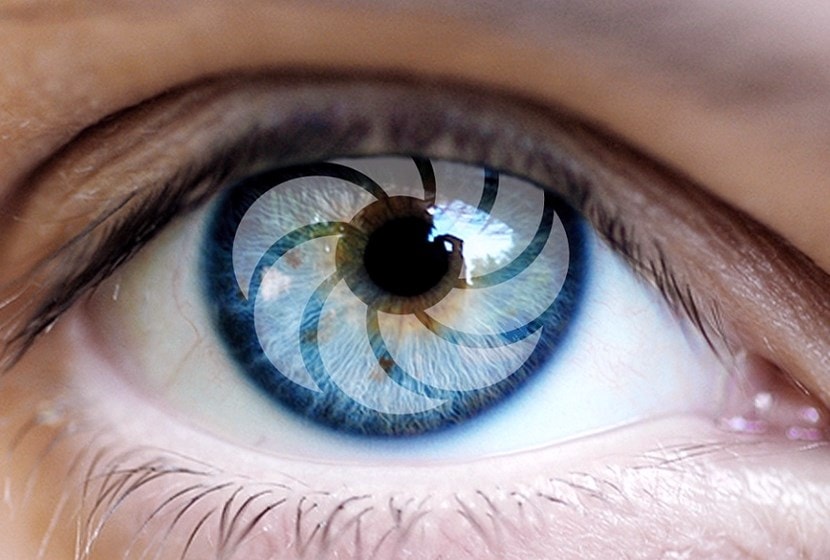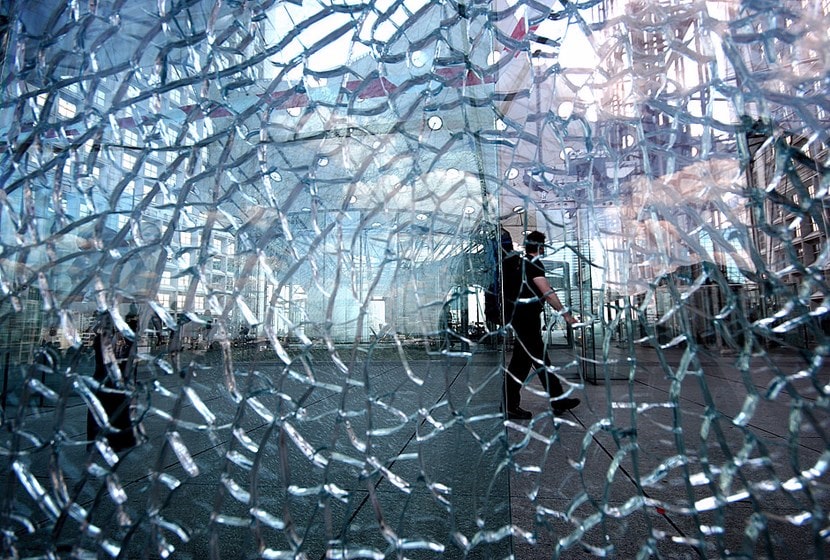ROBOTS - Humans, too human?
Robots have always haunted the human imagination. The first of them was undoubtedly Galateathis statuette sculpted by Pygmalionto which Aphrodite gave life. Less mythological, we find the first automatons in the Treaty of Heron of Alexandria in the first century BC. Later, the Renaissance would develop the entertainment automatons, precursors of those of the 18th century, whose fantasy and precision dazzled the courts of Europe. The first utilitarian automaton is the famous loom of Jacquard which some see, with its punch cards, as a precursor to our programmable computers.
Our modern world is used to robots. Industrial robots date back to 1960 and are now present in hundreds of thousands in all the world's large factories. In Japan, nearly 3.5 % of workers are robots. The general public enjoys small utility robots such as vacuum cleaners or lawnmowers. But with technological and especially nanotechnological developments, with research being carried out into artificial intelligence, the robot population is expected to grow exponentially. The streets of our cities and the most intimate rooms of our homes should be populated, in a future that is not that of science fiction, with strange characters, a priori at our service.
The penetration of robots in our societies depends on cultures. Japan, for example, is far ahead in the field of professional and personal robotics. The reason for this can be found in the Shintoism that gives objects a soul. Japanese children are accustomed from an early age to robots perceived as companions. Making a robot humanoid does not worry them, unlike other cultures. One limitation, however: the robot must not be too much like man so as not to disturb those it serves or accompanies. Indeed, an android that perfectly imitates the human model would quickly become frightening and lose all potential for sympathy. The reason for this is found by neuroscientists in the presence of mirror neurons in our brain. These mirror neurons are put into action by watching the gestures of another; when it comes to an android robot, the artificial nature of the gestures creates a disturbance and a violent impulse of rejection.
The robots that are beginning to enter our everyday world are taking on less human forms, but will nonetheless be strangely present. Robot objects enrich familiar accessories with new functions. The Americans are developing, rather than android robots, machines that take on insect forms.
The work of Thierry Chaminade and Ayse Saygin (University College of London) on the subject have been the subject of an article in New Scientist of October 2007. See also: < http://www.newscientist.com/blog/technology/2007/10/technology-to-creep-you-out.html>
The television screen will soon follow our movements, robotic modules - the roombots - will be assembled into furniture, intelligent walls - the citywalls - will guide us through our cities with boundless erudition. These robot-objects will be talkative, will capture their environment, will perceive our emotions.
Other populations of robots, invisible because they are the result of nanotechnology, will provide new services. Equipped with cameras, they will circulate in our bodies to monitor our health, armed with vectorized drugs they will fight infectious cells deep inside our blood vessels. The nanometric robots will be real factories and laboratories, capable of producing, reproducing and multiplying on their own. These nano-factories will produce complex objects by working atom by atom. They will be able to assemble increasingly complex molecules and make all types of objects. They are already the basis of the "3D printers" that will soon be on the market, allowing any material good to be manufactured remotely. The paradigm of industrial production will then be profoundly revolutionized, as is the immaterial economy today.
The Holy Grail of today's nanotechnology research is the "universal assembler". It is a nano-factory capable of making any object and replicating itself. Tangible goods could thus be free because they can be infinitely duplicated, just as immaterial goods are today. If one wants to give oneself chills, one can speculate that the self-replication of these objects could, in time, become uncontrolled. Escape from human control, endowed with artificial intelligence, they would replicate and self-regulate themselves, like all living organisms, until they conquered the Earth. Ray Kurzweil speaks in his book "The Age of Spiritual Machines", Penguin Books, 1999, of singularity to evoke this moment when humans will have to equip themselves with immune mechanisms to resist the galloping demographic pressure of these new entities. More pessimistic, Jean-Michel Truong evokes in his book "Totalement inhumaine", Editions du Seuil 2001, the emergence of the "Successor", the artificial entity that will have replaced man on this planet.
{Jacuzzi on}












